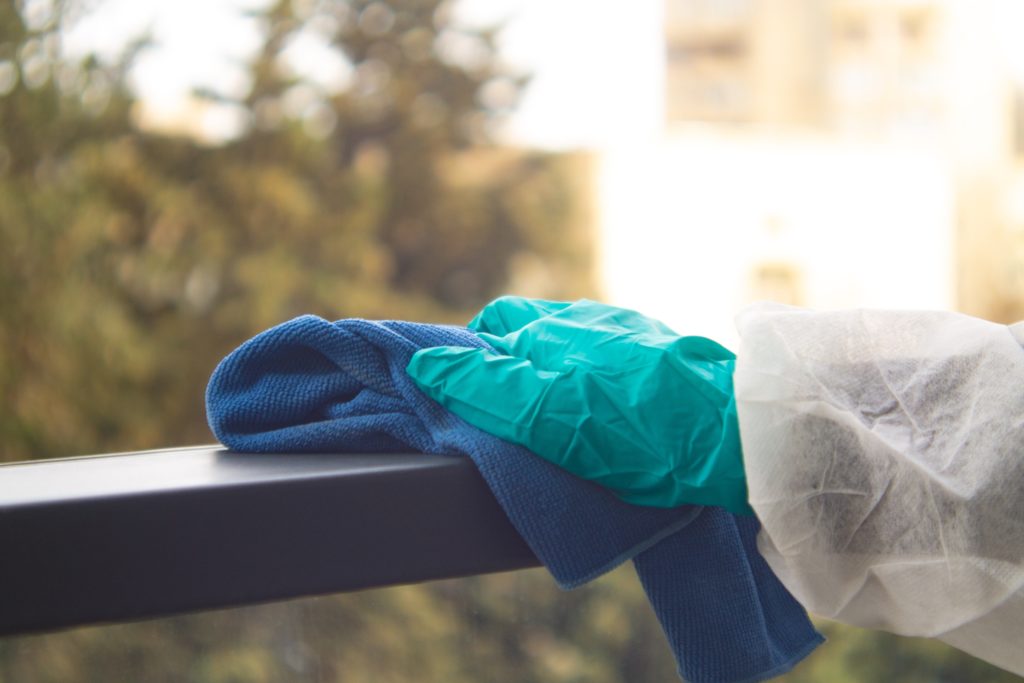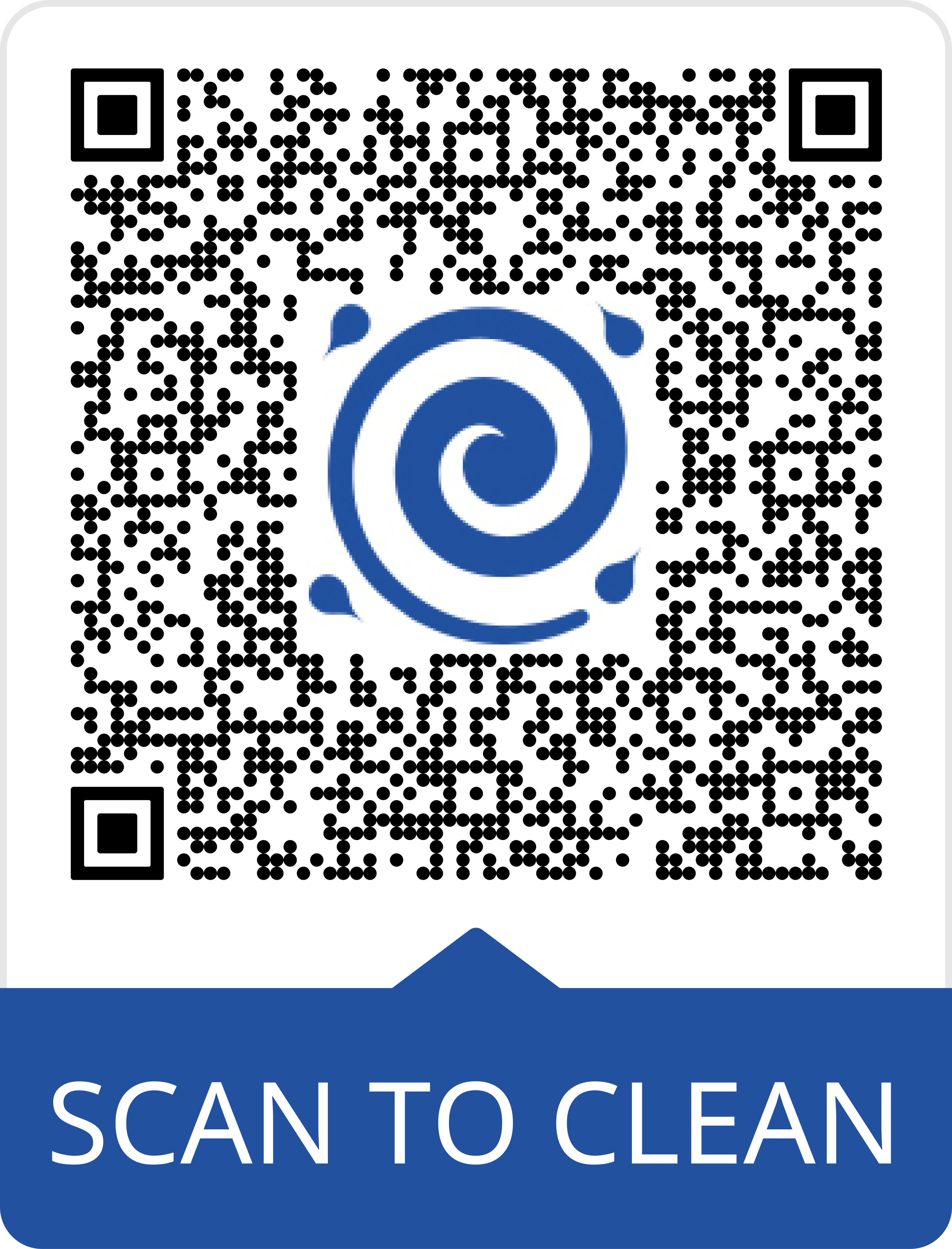Disinfecting vs Sanitising – What’s the Difference?
The words disinfecting and sanitising are sometimes used interchangeably; however, from a technical aspect, they actually mean two different things. Below is a short outline of the differences between the two terms and how you should handle different situations.

Key Differences
Sanitisation
There are public health standards when it comes to what is considered sanitised. Sanitising is performed when germs are lowered to a defined safe level. Standard cleaning can provide enough protection to consider a home or area sanitised.
Disinfection
Disinfecting occurs when chemicals are used to completely kill off germs. Disinfection is a greater level of cleaning than sanitisation. Disinfecting requires chemicals such as bleach, alcohol, chlorine, and hydrogen peroxide.
Disinfecting vs Sanitising
Each type of deep cleaning has its own purpose. For example, a home doesn’t need to be completely disinfected every time you clean it. A simple cleaning is more than enough to keep most of the home under control. However, bathrooms and kitchens should be disinfected quite often. Standard kitchen and bathroom cleaning items often have chemicals that will properly disinfect surfaces.
Thorough disinfections should be conducted in many places of business as well, even places that don’t serve food.
The Process Itself
It’s very easy to mix up whether you should be using disinfection or sanitisation methods. That’s why there are professional sanitisation cleaners in Sydney. Professionals can handle the job too large for one person, providing a convenient service that is thorough and efficient. Using Sydney disinfection services means you can have peace of mind that your home or business is sufficiently cleaned and reduce the risk of a number of different diseases.
